Saving energy with smart solutions
In the garage, the light turns on automatically when you drive by. Your electric car acts as an intermediate storage for the electricity produced by the photovoltaic modules installed on the roof. When you enter the building, you check on your smartphone to see which rooms are still available and reserve one of them, which then switches on the heating in that room. Many aspects that were considered science fiction until recently have become reality thanks to the Internet of Things (IoT). The Internet of Things (IoT) is already well established in the building sector, where it not only improves the comfort of users, but also energy efficiency.
Cristina Bucher, Project Manager IoT at Swisscom, works on IoT solutions for office buildings on a daily basis. In an interview, she discusses the possible applications and special challenges of IoT solutions in the building sector.
Ms. Bucher, what IoT applications are possible in the building sector?
Depending on the stakeholders you consider, the application areas for IoT can be very diverse. They range from measuring building usage, to optimizing heating and remote monitoring of facilities, to networking fire extinguishers and trash cans that provide information about how full they are.
What specific requirements do IoT applications face in the building sector?
Thick walls, materials that produce a "shielding" effect such as concrete and steel, or underground applications complicate the transmission of radio signals. Indoor mobile communication devices or "Low Power Network" receiving stations (LoRaWAN Indoor Gateways), for example, help to overcome this problem. Closed systems that are not connected to the cloud can be an alternative to these gateways. Devices from other providers are usually difficult to integrate. In addition, external power supply is not always guaranteed. For this reason, the equipment should be equipped with batteries with maximum autonomy and the data transmission should be as energy-efficient as possible.
How does energy-efficient data transmission work?
This requires new access technologies that meet requirements such as high network independence, high availability and security. For example, we offer the Low Power Network (LPN) or the extended mobile communication standard NarrowBand IoT. Thanks to a narrow bandwidth and long range, data is transmitted reliably and with low energy consumption.
What characterizes an "intelligent" building? Is a building with an IoT application always smart?
IoT applications help make buildings smarter. However, for a building to truly qualify as smart, all systems must be interconnected within an overall ecosystem. For example, if a meeting room is booked but not occupied, a smart building would make the room available again, turn off the lights and reduce the heating. Only within such a networked system can IoT applications fully deploy their energy-saving potential. With stand-alone systems, such as those typically employed today, this is not yet possible.
What does such an interconnected system look like?
A representative example of such a system is the Infrabox, an innovation developed by Swisscom as part of a project to increase energy efficiency. This IoT-based measurement and control instrument monitors the activity of connected technical equipment, as well as sensors located at Swisscom Mobile sites, and can even control and operate them remotely. Its strength: the Infrabox is compatible with all relevant manufacturers. This means that almost any number of devices and installations can be linked to form a system.
When is the best time to plan the implementation of IoT applications and how should you go about it?
I recommend thinking about it in advance of any investment decision, for example when installing new technical equipment (e.g., ventilation systems) in a building or when acquiring a new building. The solution must be flexible and scalable, so that other applications can be added or adjustments made later. During the planning process, it is also important that all stakeholders get around the table to develop a common vision. In the planning and operational stages, the various interest groups involved, such as employees or facility management, often do not coordinate their work sufficiently, which means that the available potential cannot be fully exploited.
What characterizes a successful implementation in the building sector?
The objective is clearly defined and measurable. Let's take the example of building utilization: one objective could be to measure the percentage of occupancy of each flexible workstation between 8 a.m. and 6 p.m. over a period of six months, so that facility management can then use this data to improve the assignment of workstations and control it directly. In this respect, it is important that everyone involved is aware of the project, in order to avoid any misunderstandings. For a successful implementation, however, it is also essential that all applications are combined within the same ecosystem. For the example of building usage, this would mean that the data could also be used by the ventilation system or the booking tool.
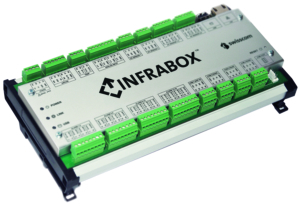
Res Witschi, Delegate for Sustainable Digitalization at Swisscom, talks in an interview about the use of IoT applications in the building sector to improve energy efficiency and optimize renewable energy production.
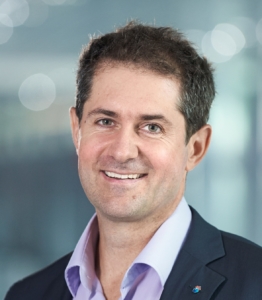
Witschi, how does the use of these applications in the building sector contribute to improving energy efficiency and climate protection?
By continuously monitoring systems such as heating systems, their operation can be optimized in terms of energy efficiency. For example, rooms are only heated when they are in use. This results in increased energy efficiency and goes hand in hand with increased comfort for the users of the premises. At the same time, these applications can also monitor renewable energy production facilities. For example, there are IoT systems that alert in case of a malfunction of a photovoltaic module.
Can you give an example of IoT-based operational optimization?
For example, the specialist company NeoVac ATA SA uses an IoT-based solution to efficiently record water and heating consumption in buildings and continuously transmit it to its central office. This constant monitoring helps to reduce energy consumption for heating. But that's not all: by extending the LPN network inside buildings for its application, NeoVac also makes it usable for other IoT services.
This requires close collaboration between all stakeholders. How should we imagine it?
Our collaboration with ECCO2 Solutions SA is particularly representative in this respect. This innovative company helps companies, administrations and cooperatives to improve the energy efficiency of heating systems through artificial intelligence (predictive heating control). With more than 10,000 LoRa sensors installed, ECCO2 has a strong expertise in this field. Through this partnership, we benefit from an exchange of knowledge as well as the company's expertise, while they leverage our IoT systems.
How can IoT solutions facilitate the maintenance of technical building installations?
The heat pumps of Meier Tobler AG are a good example. By connecting them to the manufacturer's IT systems via our IoT platform, they can be diagnosed and maintained remotely: a service technician can identify the problem before visiting the customer. IoT solutions are not only used to monitor renewable energy installations, but also building structures.
Can you tell us more about this?
While modern electric cars have long been equipped with a range of sensors to measure and assess the condition of the vehicle, there are few such applications for built structures, the monitoring of which would be just as important. The flat roof monitoring solution from Orkanet siworks AG is just such an application. This moisture and waterproofing monitoring system provides active and constant control of flat roofs on buildings. The data is transmitted via our LPN. In the event of a leak, the system triggers an alarm and specialists can intervene before the insulation materials or even the structural elements of the ceiling become soaked. This not only saves money, but also protects the environment by preventing the disposal of insulation materials, for example.
Which areas offer the greatest potential for optimizing energy consumption through IoT applications?
According to the study "Opportunities and Risks of Digitization for Climate Protection in Switzerland" by the University of Zurich, the numerous smart applications offer considerable potential for climate protection. By 2025, smart ICT applications could save up to three times more CO2 than the entire ICT sector
sector in Switzerland. Many of these applications are based on the use of IoT technologies.
What characterizes a sustainable implementation in the building sector?
From a sustainability point of view, an IoT project is successful on the one hand if it enables more transparent measurement of energy consumption and on the other hand if it leads to the greatest possible gain in energy efficiency. For many applications, this can mean, for example, a reduction of up to 30% in heating energy combined with a shorter payback period.
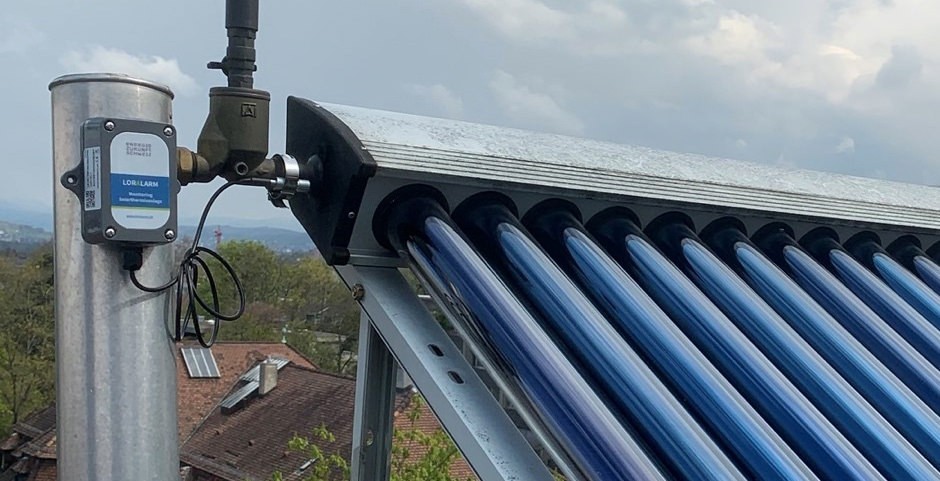
The ideal answer to many problems
Every year, Swisscom presents its "IoT Climate Award" to companies that contribute to climate protection through IoT applications. In 2020 and 2021, the companies participating in this award saved more than 100,000 tons ofCO2 through the use of IoT.
In 2021, first place in the "IoT Climate Award" went to Nexxiot AG. This ETH spin-off optimizes the logistics of freight trains. The solar-powered "Globehopper" module records the individual routes of the wagons. This way, the system knows where each wagon is at all times. This significantly increases the efficiency and the occupancy rate of the trains. Along with BELIMO Automation AG and Energie Zukunft Schweiz AG, the second and third places are occupied by companies from the construction sector. The Belimo Energy Valve™ enables pressure-independent flow control and transparent monitoring of the heating or cooling system. The Energy Valve can be linked to the Belimo cloud, further increasing transparency. It measures the flow and return temperature and ensures an ideal differential temperature. In addition, it regulates the desired output and thus ensures optimal operation. Since 2012, this solution has saved around 31,000 tons of CO2 worldwide. The LORALARM sensor from Energie Zukunft Schweiz provides permanent remote monitoring of solar thermal systems and enables rapid detection of any malfunctions.
Energy and Climate Exemplarity
The Energy and Climate Exemplarity initiative is one of the measures of the Energy Strategy 2050. In this way, Switzerland's leading utility companies are contributing to the implementation of the 2015 Paris Agreement. The latter aims to contain average global warming to well below 2 °C compared to the pre-industrial era, with the objective of limiting the temperature increase to 1.5 °C. To this end, they are continuously improving their energy efficiency and turning to renewable energies. They communicate transparently on the achievement of their goals and share their experiences so that other companies and organizations can benefit from them. The following companies are currently involved in the initiative: ETH Domain, Flughafen Zurich AG, Geneva Airport, Swiss Post, PostBus, PostFinance, RUAG MRO Holding AG, SBB, GIS, Skyguide, SRG, Suva, Swisscom, DDPS and the Federal Civil Administration.
Nadine Kammermann, Editor, Energy and Climate Exemplarity Initiative
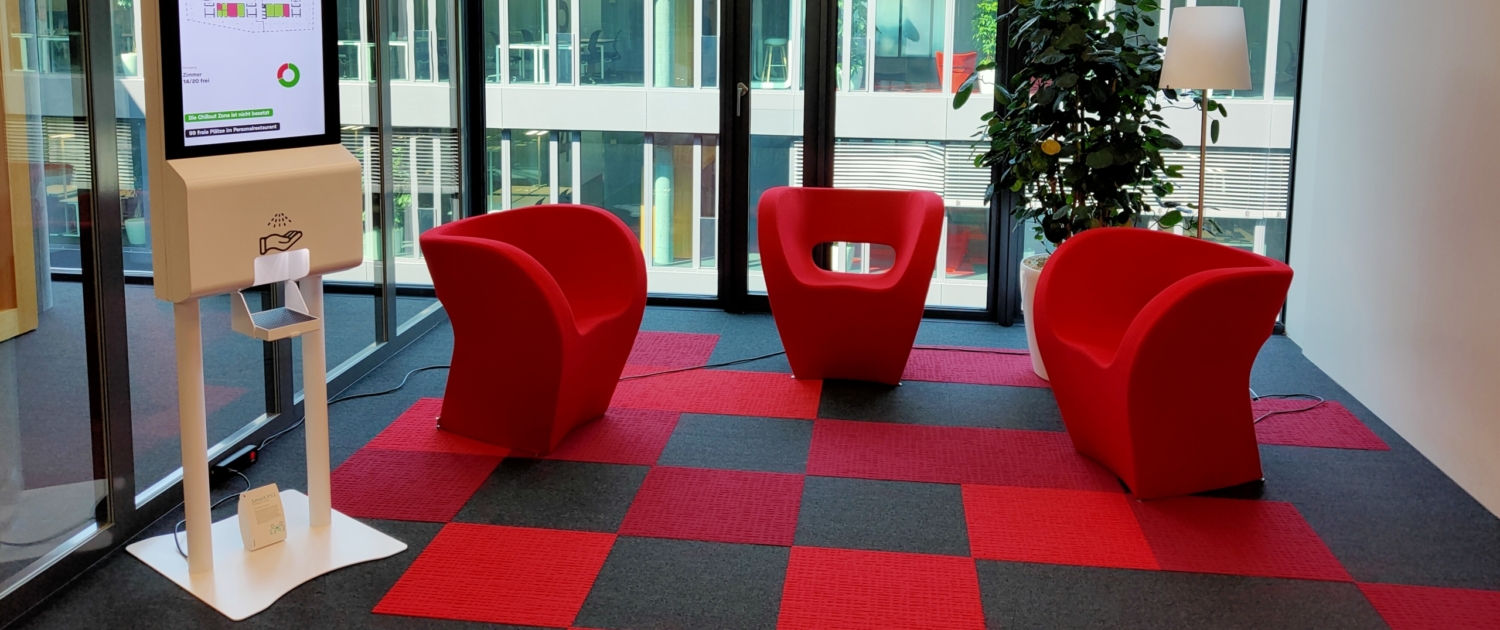 Swisscom
Swisscom
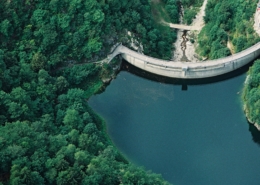 LuftwaffeGesuche für Marktprämie für unrentable Wasserkraft zurückgezogen
LuftwaffeGesuche für Marktprämie für unrentable Wasserkraft zurückgezogen 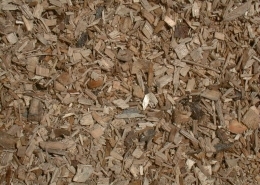 Bundesamt für EnergieNEVIRO – Ou comment valoriser jusqu’au dernier kilowattheure de chaleur
Bundesamt für EnergieNEVIRO – Ou comment valoriser jusqu’au dernier kilowattheure de chaleur 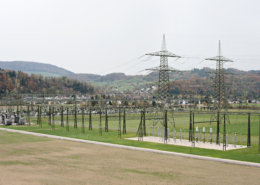 SwissgridGemeinsame Stellungnahme von BFE und ElCom zur Revision des EU-Netzwerkcodes CACM
SwissgridGemeinsame Stellungnahme von BFE und ElCom zur Revision des EU-Netzwerkcodes CACM 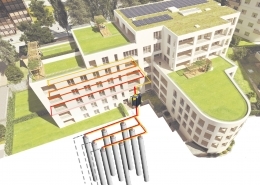 Benedikt VogelEnergia per il raffrescamento dal sottosuolo
Benedikt VogelEnergia per il raffrescamento dal sottosuolo 
 Shutterstock
Shutterstock keystone-sda
keystone-sda
Dein Kommentar
An Diskussion beteiligen?Hinterlassen Sie uns Ihren Kommentar!